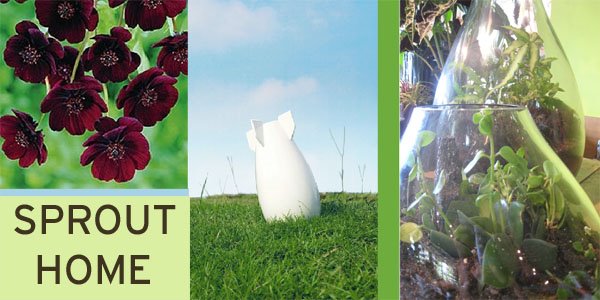
SUCCULENT DISORDER
A disorder affecting a large population of people, yet rarely discussed or even heard of - it strikes often and it strikes hard. Could be the person next to you on the bus, a co-worker, or even a best friend that you mistakenly thought had no wish for greenery in his/her life, We have even heard of couples that have been together for years, with no idea their lover had this disorder. Sadly there is no cure for Succulent Disorder, the symptoms consist of dry teeth, reverse vertigo, swe aty shins, rapid eyebrow growth, elbo shrinkage, and an undying craving for a new baby succulent. So small, so cute, so cheap..... Some people have been known to buy a new succulent every week, and sadly sometimes daily. We monitored the behavior of one of our super great regular Chicago customers, Crister. He has it bad. You can see the lust for new succulents in his mannerisms, his walk, and the glossy look in his eyes (hence the shades)
aty shins, rapid eyebrow growth, elbo shrinkage, and an undying craving for a new baby succulent. So small, so cute, so cheap..... Some people have been known to buy a new succulent every week, and sadly sometimes daily. We monitored the behavior of one of our super great regular Chicago customers, Crister. He has it bad. You can see the lust for new succulents in his mannerisms, his walk, and the glossy look in his eyes (hence the shades)
 aty shins, rapid eyebrow growth, elbo shrinkage, and an undying craving for a new baby succulent. So small, so cute, so cheap..... Some people have been known to buy a new succulent every week, and sadly sometimes daily. We monitored the behavior of one of our super great regular Chicago customers, Crister. He has it bad. You can see the lust for new succulents in his mannerisms, his walk, and the glossy look in his eyes (hence the shades)
aty shins, rapid eyebrow growth, elbo shrinkage, and an undying craving for a new baby succulent. So small, so cute, so cheap..... Some people have been known to buy a new succulent every week, and sadly sometimes daily. We monitored the behavior of one of our super great regular Chicago customers, Crister. He has it bad. You can see the lust for new succulents in his mannerisms, his walk, and the glossy look in his eyes (hence the shades)Succulents are plants that nature has endowed with the ability to store water in reserve when it is available in good seasons, in case the next ones are extremely harsh and dry. Its not hard to understand the rapid increase of succulent disorder - they are easy to care for because of their natural water reserve, fun to work with and they rarely complain. They do show their appreciation of a little love by ramping up their color and texture although over-watering and feeding is detrimental and something to avoid so that the evil root rot does not come in to play. The frequency of watering varies depending on climatic conditions, properties of the potting mix and time of year. A good way to check the moisture contect is to dig down about 2-3 inches in the soil and phyically check it. A good soaking occassionally is much better than trying to wet the top surface and not knowing if all the roots got a drink. 



While most succulents want direct sun some would prefer a little protection. As you get to know your succulents you will know their preferences. The succulent disorder association recommends naming each plant so that you can comunicate on a deeper level. Container grown plants need occasional re-potting after 2-3 years. Make sure you use a succulent potting mix which helps the water move through the soil and drain.
We can help you put together your ideal succulent landscape. Succulent disorder meetings held daily at both Sprout Home locations.

